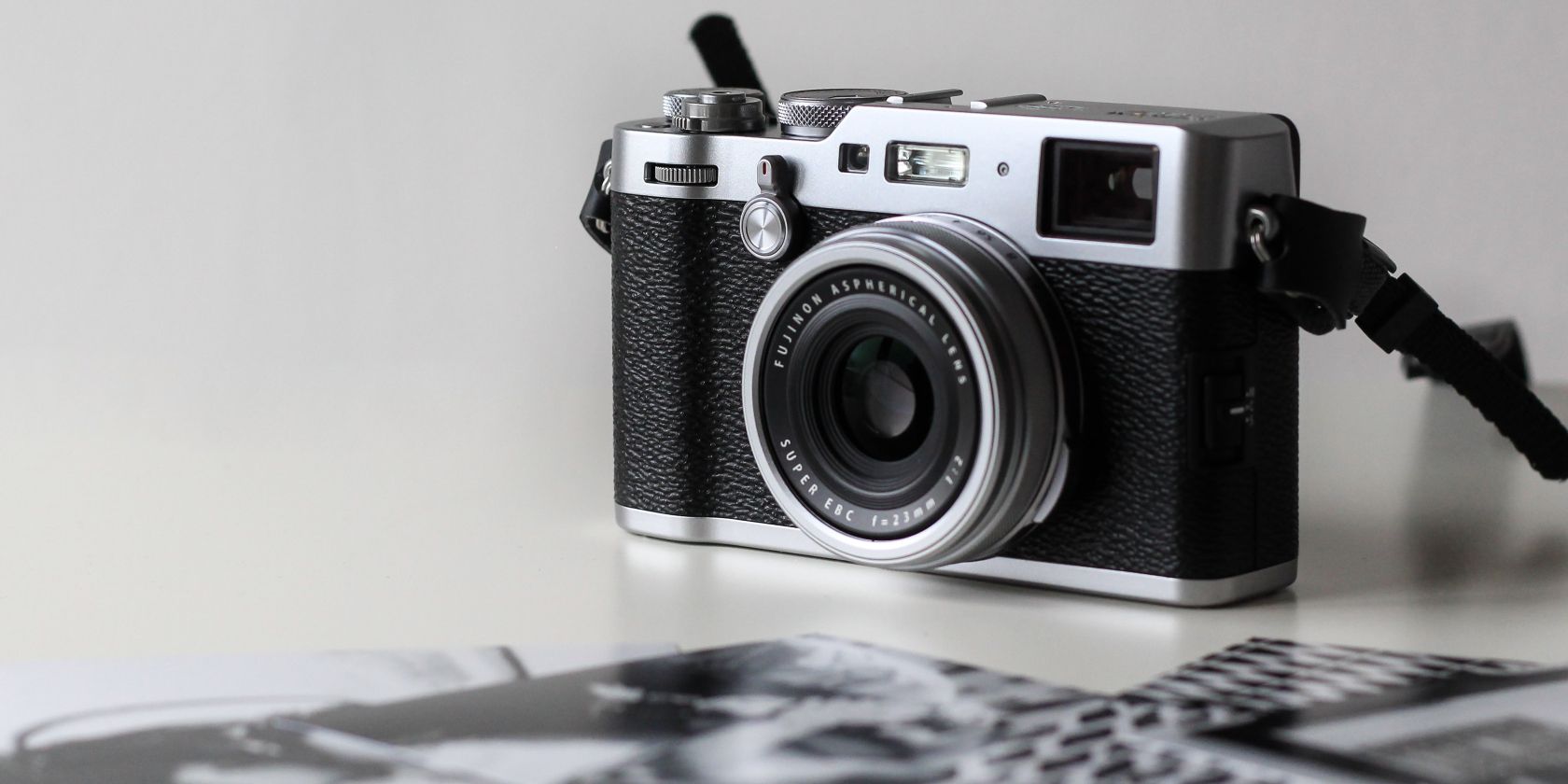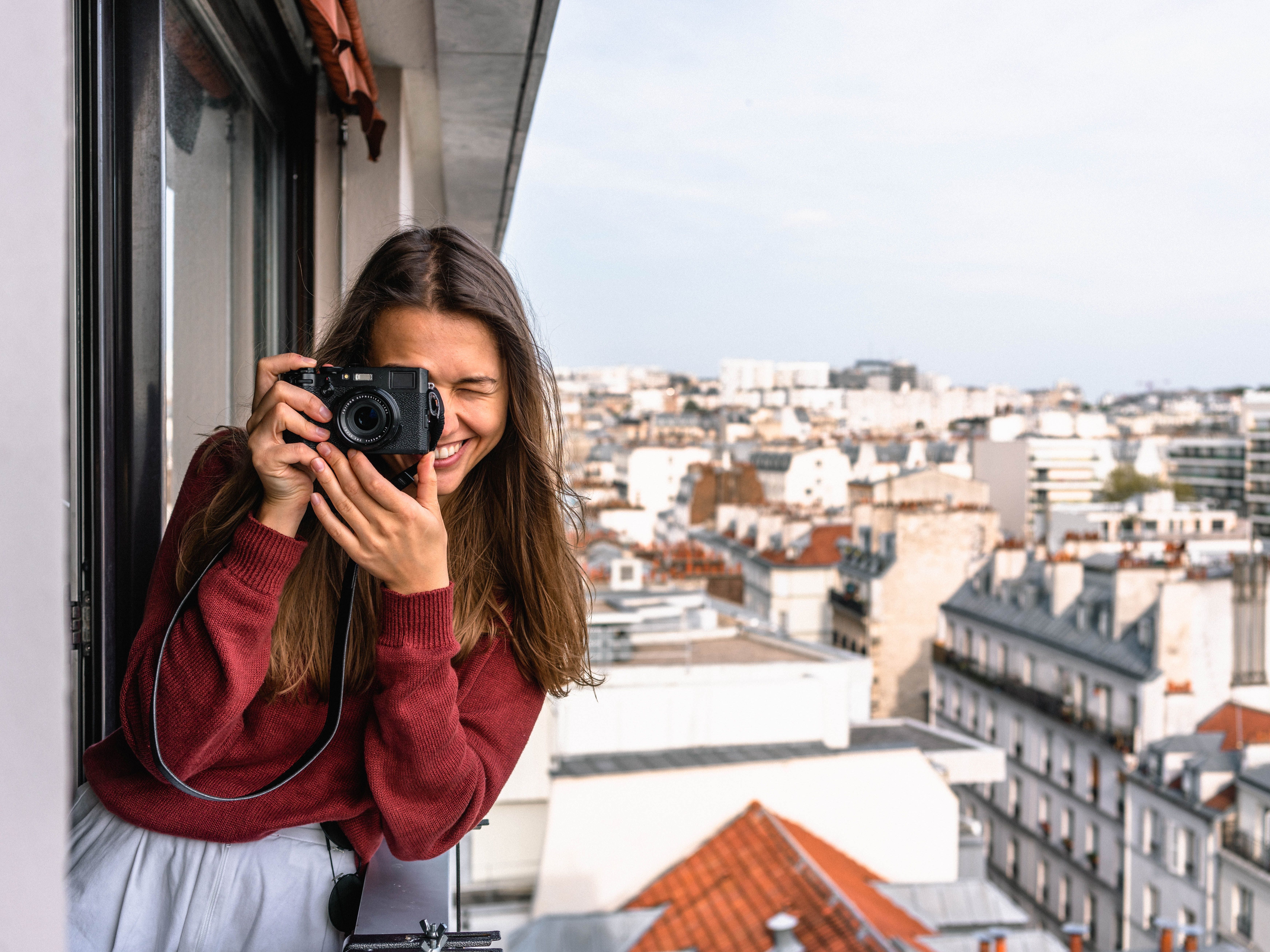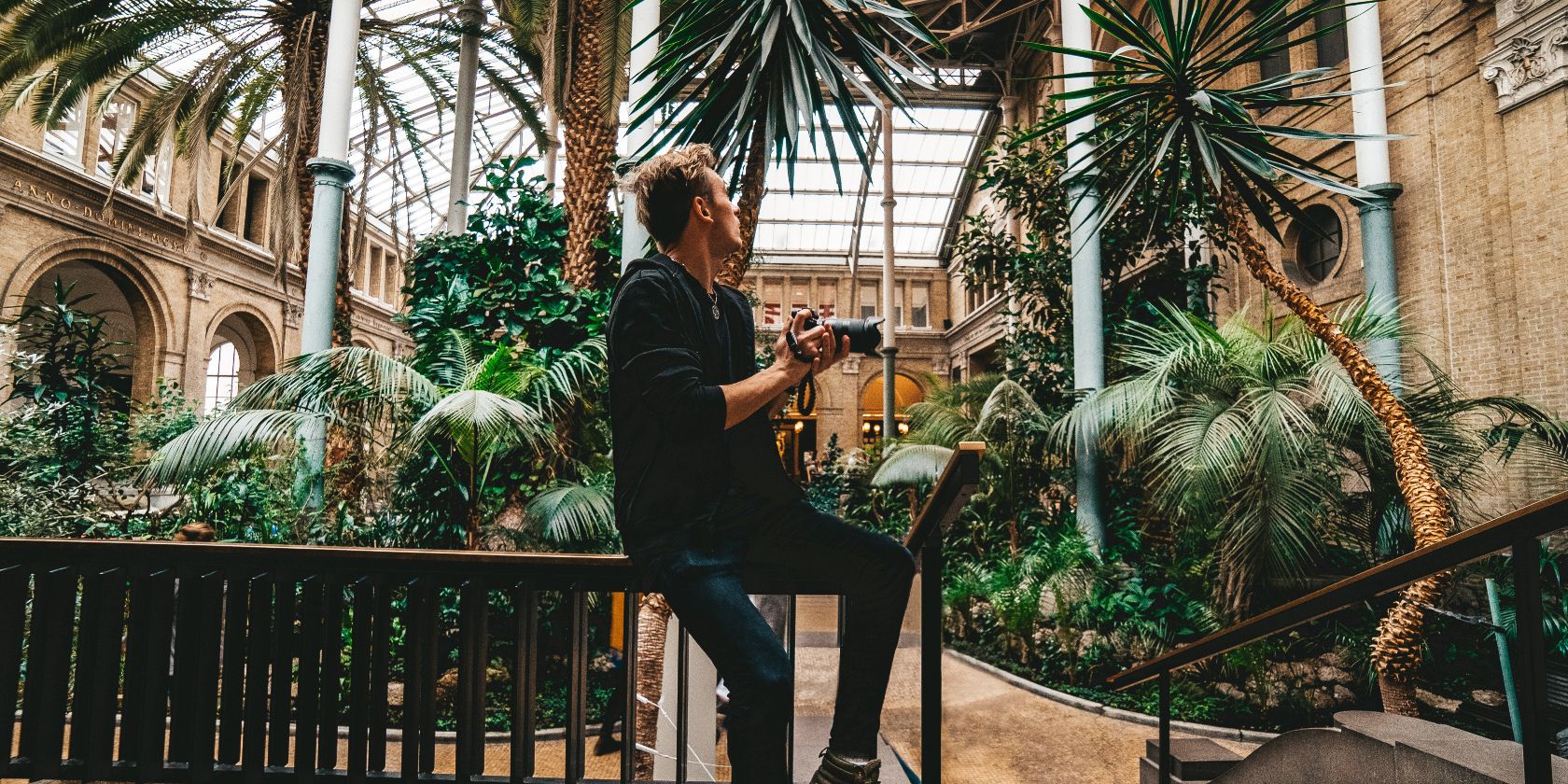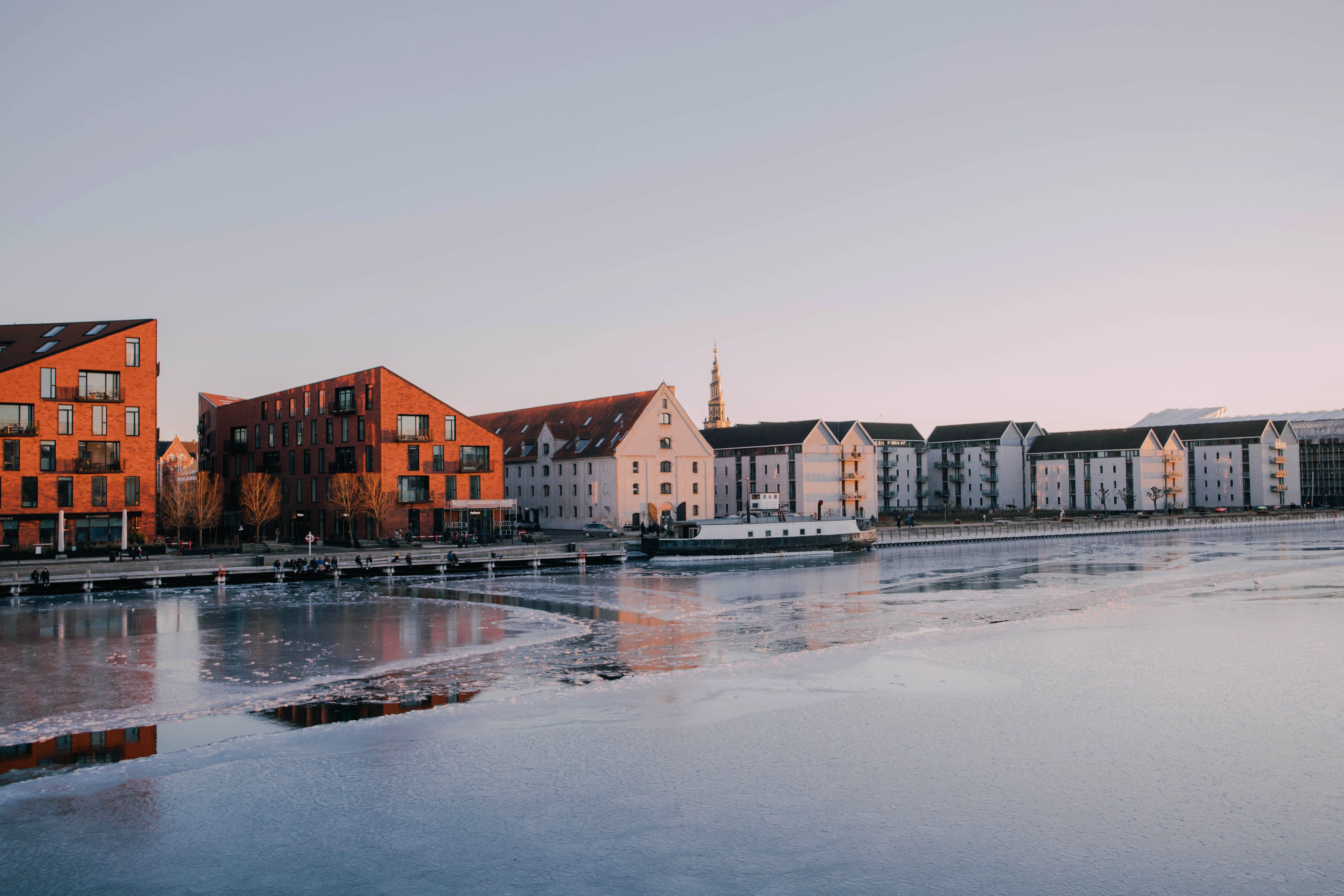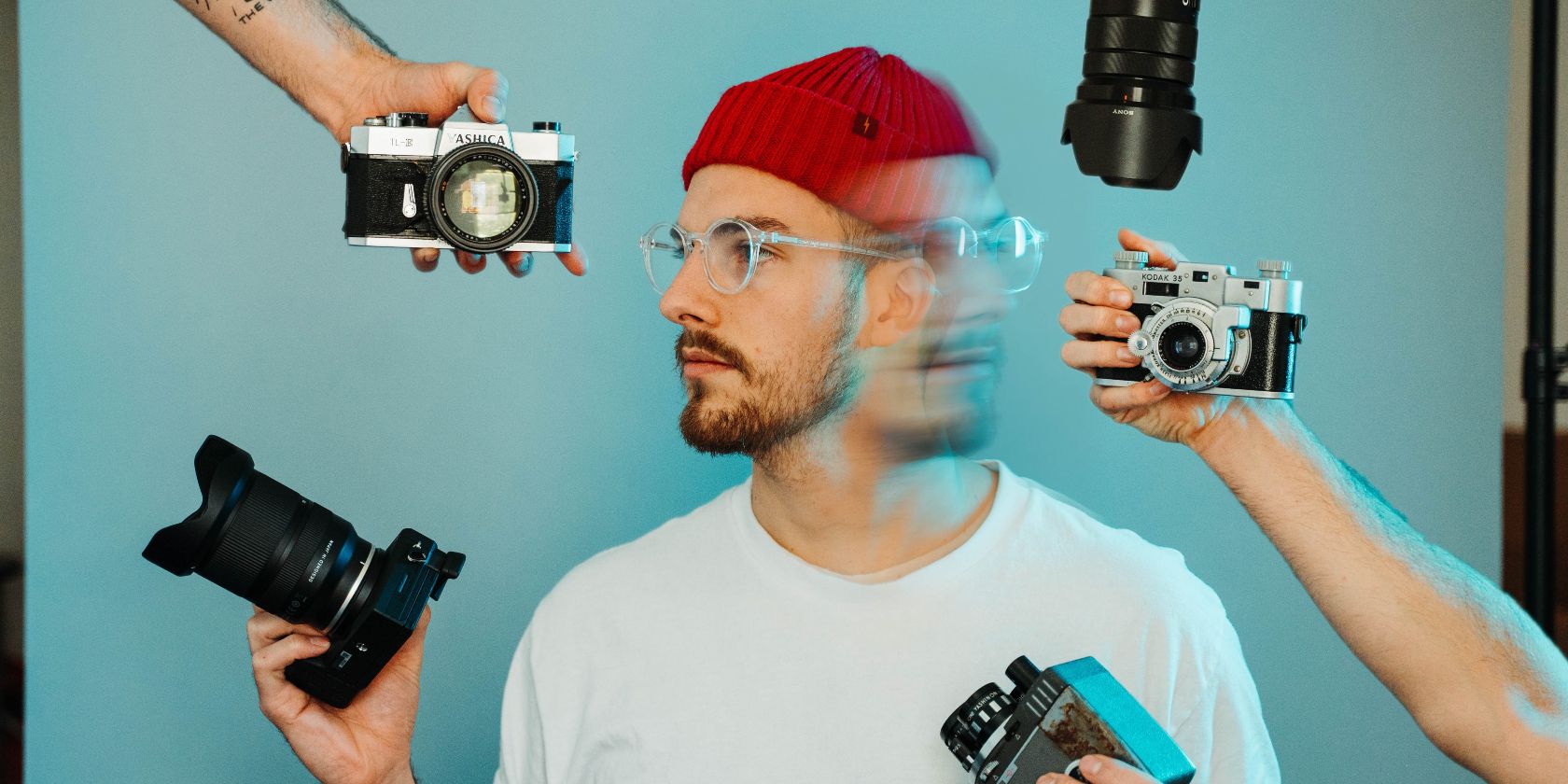When you first pick up your camera, you’ll likely begin taking pictures of anything and everything in the beginning. But over time, you’ll want your art to have a deeper meaning.
One of the best ways you can improve your photography is by thinking about the story behind your images—and how you can convey this to your audience. Doing this will create a closer connection with those that admire you, and it’ll also become easier to stand out.
It’s easy to say that all you need to do is become a better storyteller, but putting this into practice can be tricky. Fear not, though, because we’re here to help with these seven tips.
1. Think Like a Writer
Every article you read on our website has a common theme: they all have a beginning, middle, and end. You can see this in other creative fields, too; all you need to do is look at your favorite Hollywood film or YouTube videos as a few examples.
If you want to be a better visual storyteller as a photographer, adopting a writer’s mindset is an excellent place to start.
Outline your photoshoot on a piece of paper before heading out; once you’ve done this, all you’ll need to do is execute the steps. You’ll save yourself from a lot of decision fatigue, resulting in higher-quality and more coherent images.
2. Don’t Focus on One Single Image
Social media is an excellent tool for helping photographers to find like-minded people, get their work out there, and even build full-scale businesses. But for many people, platforms like Instagram have warped their ideas of photography and made them focus on taking pretty images without a story behind them.
All good stories are a sequence of events, and this should also be the case with your photography. Focus on capturing the entire day while you’re out, and think about how these images tell the world what you’re trying to convey.
If you’re unsure of how you should go about this, consider buying photo books from your favorite artists. These will train you to think about pictures as a collective, and looking at how another person sees the world will open your mind to new ideas.
3. Set Your Goals Before Shooting
For many beginner photographers, the goal is simple: go out and take as many cool photos as you can. These spontaneous shoots have a time and place, and you should document your creative process—but not having a plan can also impact the quality of your storytelling.
Before you take your camera out with you, it’s worth spending a bit of time thinking about your objectives. Do you want to capture the life of your city, for example, or are you trying to document the story of a friend’s wedding?
Once you’ve set your goals, create a note on your smartphone and add a few bullet points. You can then refer to these when you need to and ensure that you don’t fall off track.
4. Understand Your Gear
Every camera and lens has its limitations. If you’re looking to improve your visual storytelling as a photographer, you’ll need to ensure that you pick the best possible equipment for your specific job.
If you’ve already got a camera or lens, understanding what it can and cannot do is a wise starting point. How do you do this? Simple—get out and create in a broad range of scenarios. Then, bring everything full-circle and see what worked and what didn’t.
Once you understand your gear better, you’ll know how to maximize it for telling the stories you want to. Moreover, upgrading your equipment will become easier because you’ll know what you’re looking for.
5. Scout Your Locations in Advance
If you look at some of your favorite photographers, you’ll notice that most of them have a solid level of knowledge about the locations they take pictures in. If you don’t know much about the place you’re going to snap away, you can expect this to show in your results.
Before the day of your photoshoot, it’s worth taking a few hours to scout exciting spots in the local area. If you specialize in photographing your hometown, consider spending a bit of time every day looking for unique locations that you previously didn’t know about.
Scouting your locations in advance will help you better understand when is the best time of day to shoot for the story you’re trying to convey. Moreover, it’ll stop you from frantically rushing around on the day to find the best spot.
6. Think About Lighting
Having at least a basic understanding of how lighting works is pivotal for anyone who wants to enjoy success in photography. The conditions you shoot in can dramatically change your photo’s look and—by extension—its story.
If you’re trying to create something dark and moody, shooting at midday in the summer is illogical. Similarly, going out at 5 pm on a cold night in January won’t give you the best lighting conditions for portraying a bright and happy story.
To help you find the best times of day for your particular story, consider using an app that tells you more than sunrise and sunset. Unscripted, for example, identifies when blue hour and golden hour is happening.
7. Take Up Another Creative Hobby
We spoke earlier about thinking like a writer and how it can help you tell better stories through your photography. Actual writing can help you do this, too—and so can any other creative hobby you choose to pick up.
Taking another creative hobby alongside photography is an excellent way to open your eyes to new ways of doing things. On top of that, it’s a helpful tool for thinking about different ways you can tell a story.
Examples of creative hobbies that can assist with your photography storytelling include videography and podcasting.
Visual Storytelling Is a Skill That Takes Time to Build
In your early days as a photographer, learning how to tell better stories might be the last thing on your mind. But if you’d like to progress beyond the beginner phase, it’s an excellent tool to have at your disposal.
Becoming an excellent storyteller through your photography is something that takes time and patience to build. Expect that you won’t be great at it initially, but you’ll improve if you stay committed for the long run.

